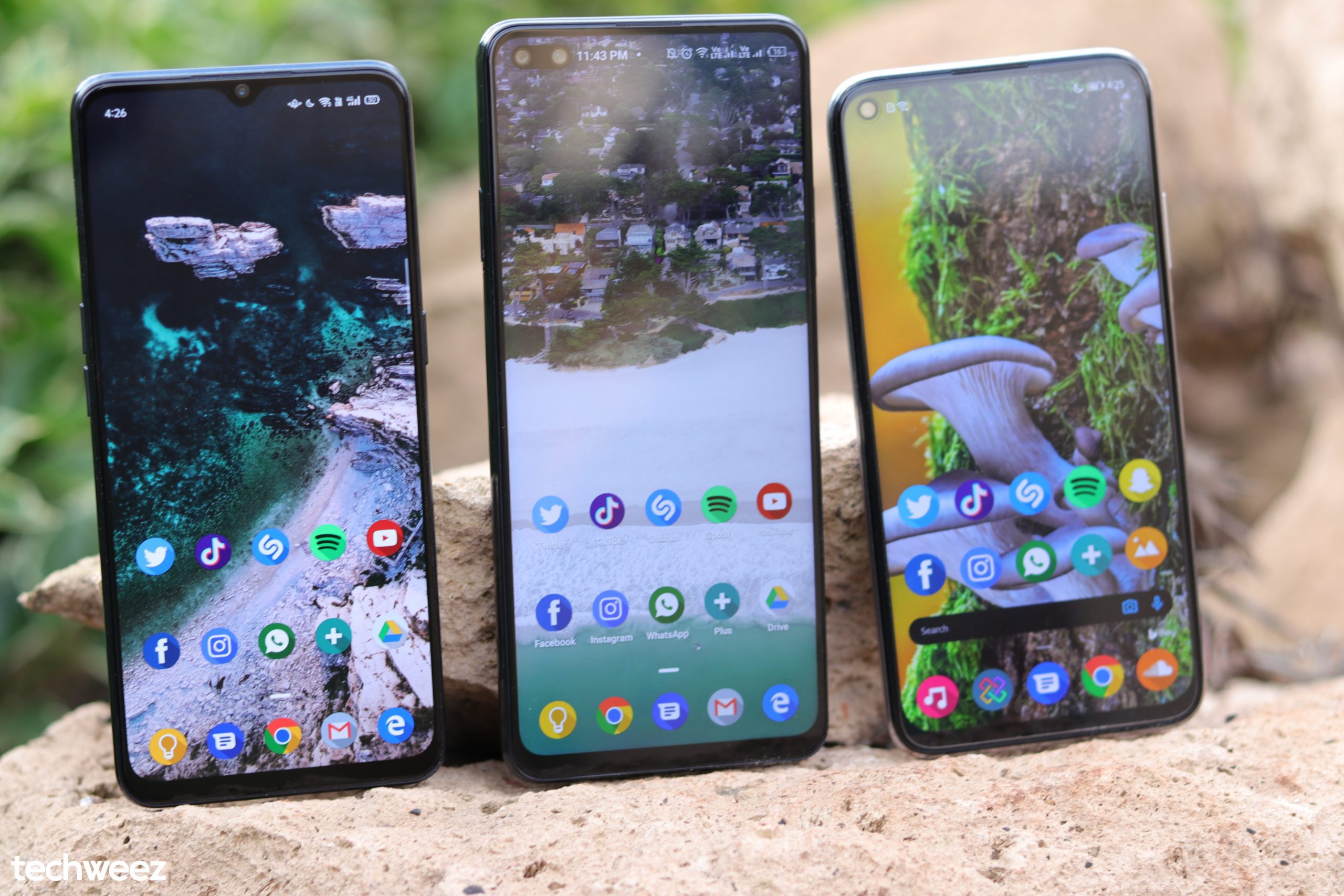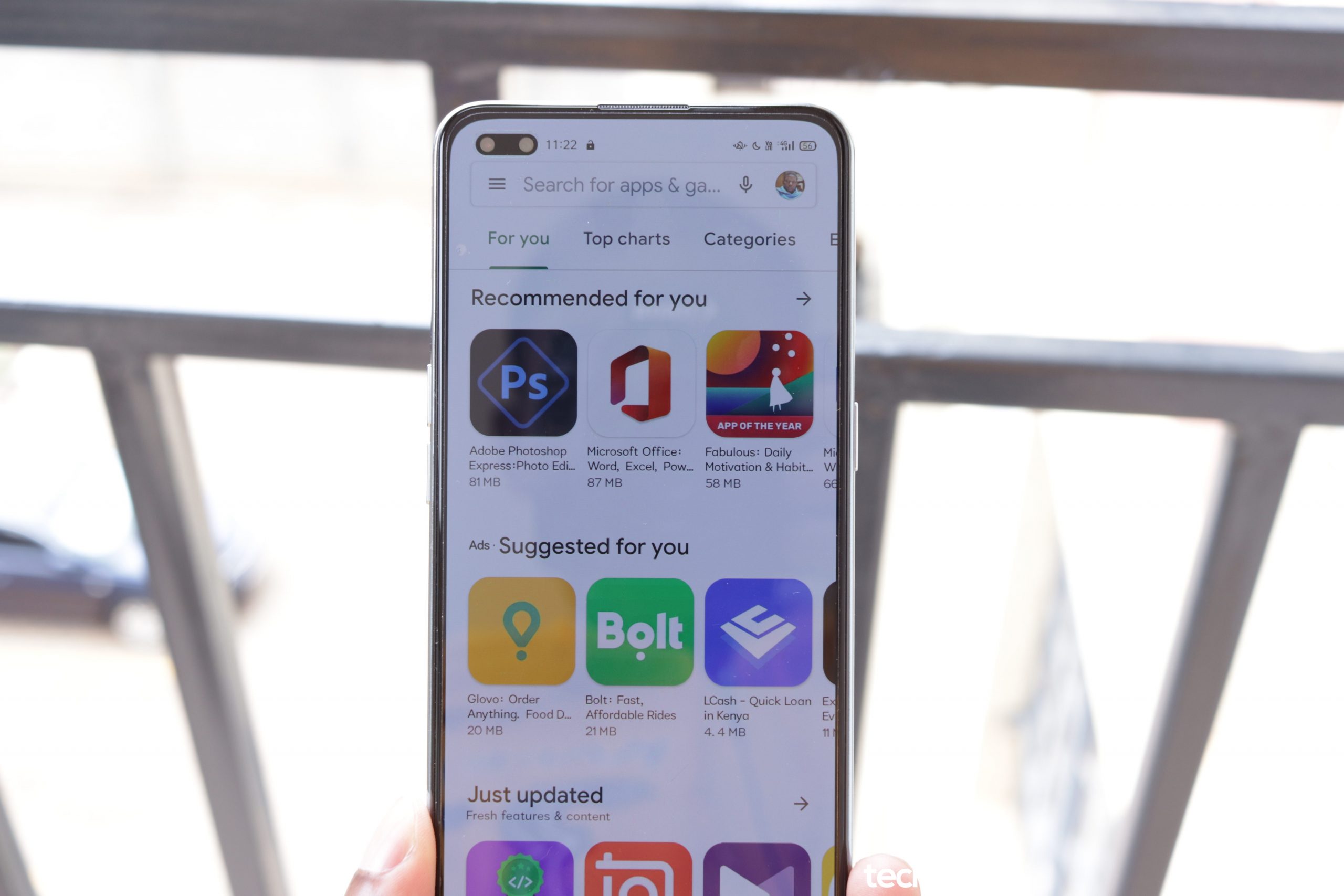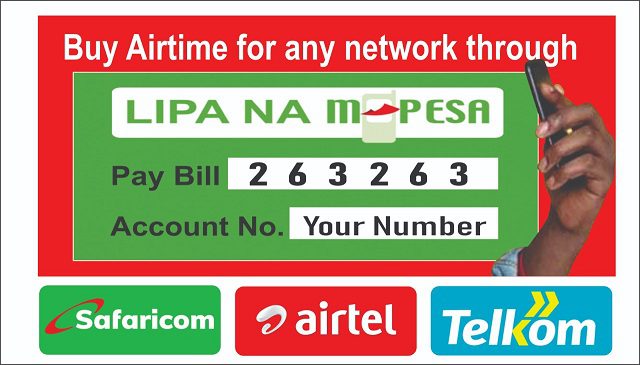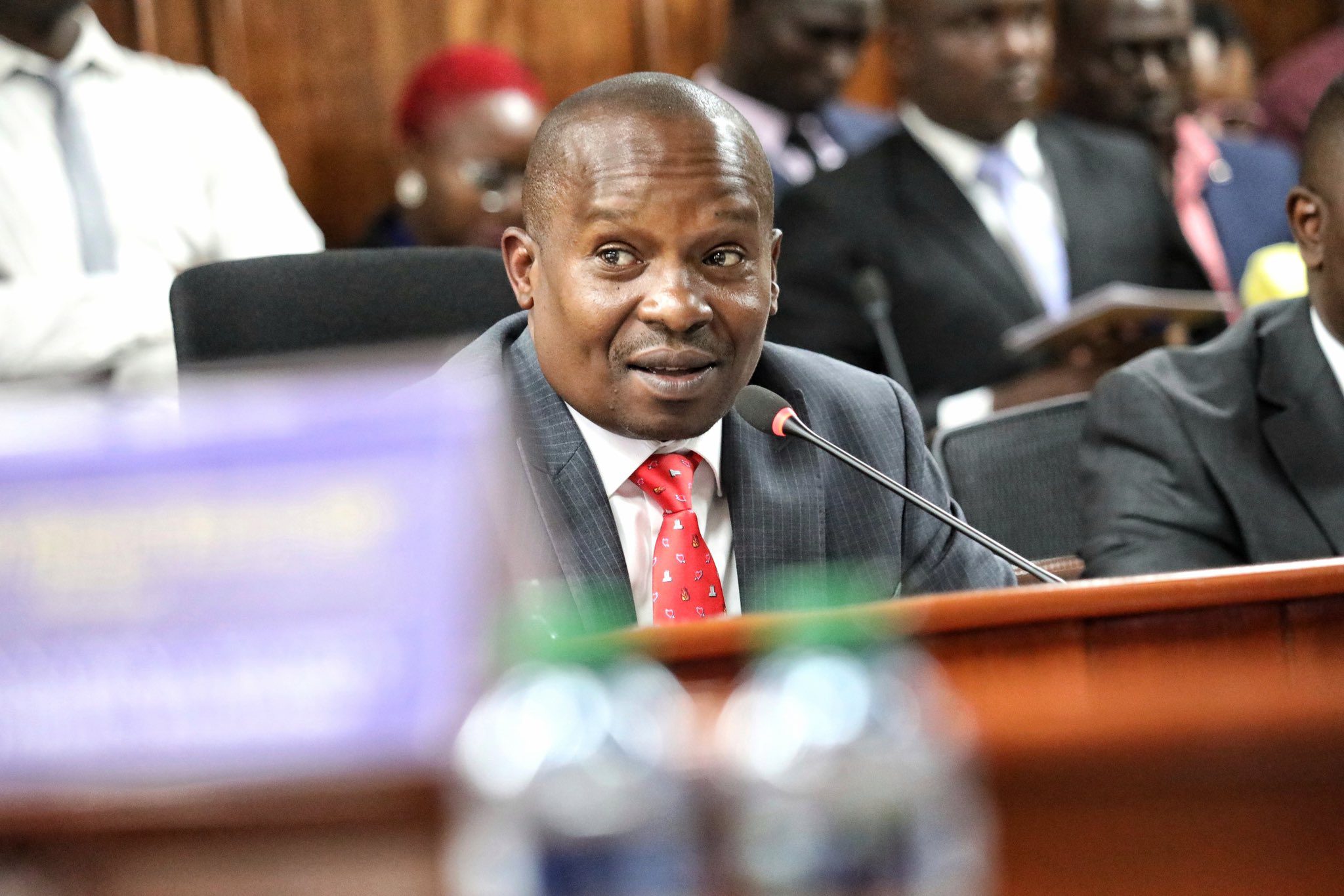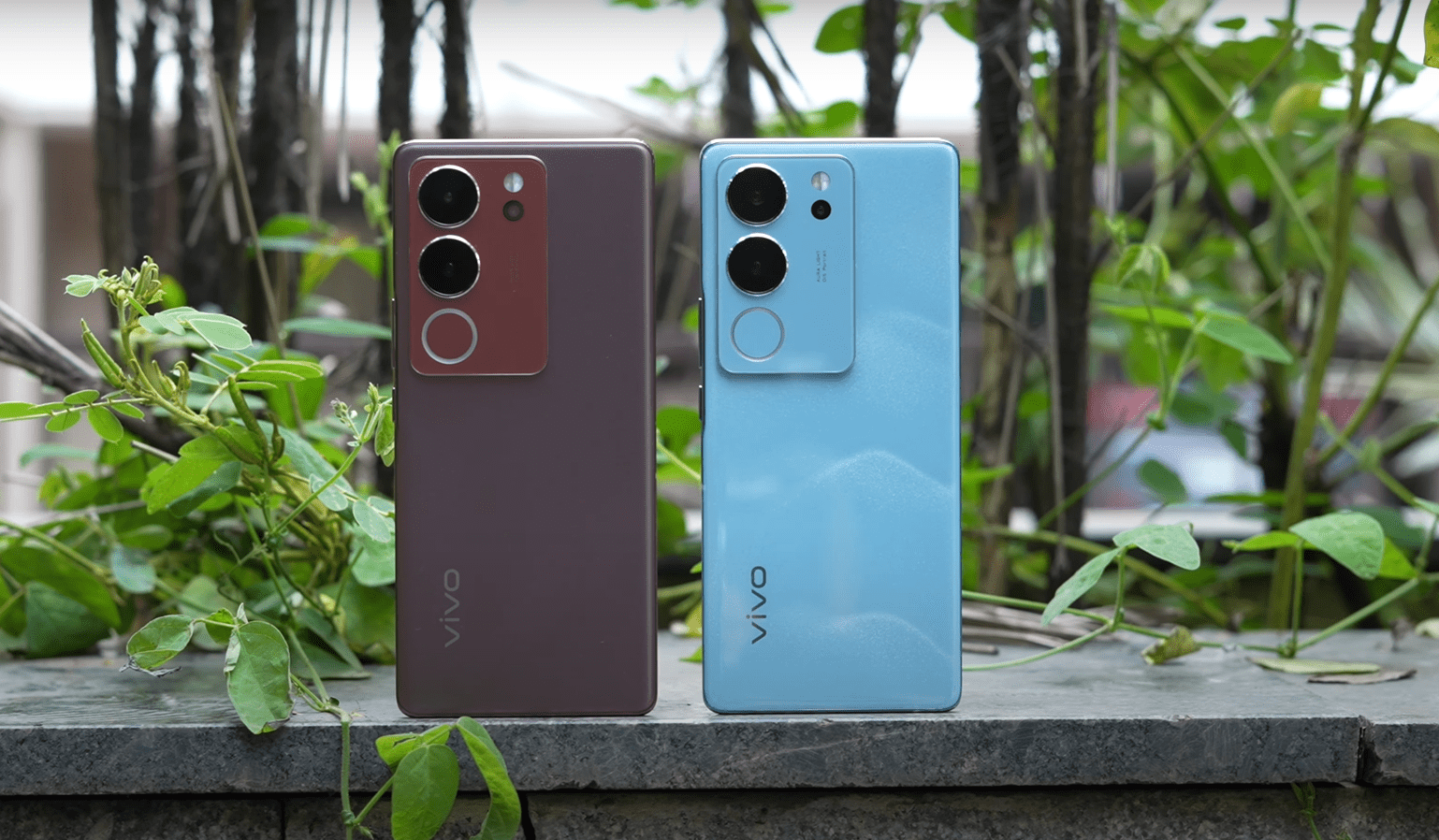
The assertion has been echoed by GSMA’s Mobile Economy Report, which, unsurprisingly, projects that Sub-Saharan Africa will remain world’s fastest-growing mobile region in the foreseeable future as millions of young people become mobile users for the first time.
So, what do the numbers say? Well, as estimations go, the region will register 160 million new unique mobile users by 2025. This implies the Sub-Saharan region’s subscriptions will grow to 623 million, representing near 50 percent of the population.
At the moment (2018), there are 456 million mobile users in the region.
“A new generation of youthful ‘digital natives’ across Sub-Saharan Africa are set to fuel customer growth and drive adoption of new mobile services that are empowering lives and transforming businesses,” said Akinwale Goodluck, Head of Sub-Saharan Africa, GSMA.
Growing Sub-Saharan Revenues
The mobile ecosystem is as diverse as they come as it cuts across several other markets that play a critical role in the region’s GDP. Ina 2018, the ecosystem generated almost $150 billion in economic value, which was equivalent to 8.6 percent of the territory’s GDP.
GSMA says that the contribution will rise to $185 billion or 9.1 percent of the GPDP by 2023.
“With mobile technology at the heart of Sub-Saharan Africa’s digital journey, it is essential for policymakers in the region to carry out policies and best practices that ensure sustainable growth in the mobile industry, and enable the transition to next-generation mobile networks,” adds Akinwale Goodluck.
Regulators delays in assigning LTE spectrum
At the moment, near 240 million people in the region use mobile internet continuously. This represents 23 percent of the population – and can be attributed to low-cost mobile devices and affordable mobile data plans thanks t investments that have been put in place by operators.
The use of smart devices account for 39 percent of mobile connections in the Sub-Saharan region. It is predicted the number will rise to about 67 percent in 2025.
Sadly, 4G and 3G are not as popular as 2G – although 3G will be the leading technology before the year ends.
On the bright side of things, near 25 percent of mobile phone connections will be on LTE by 2025. The issue with LTE is that is that it is slowed down by regulators who take their sweet time to assign spectrum.
Finally, GSMA says the region’s mobile operators are increasing investment in their networks and are expected to spend $60 billion (capex) on network infrastructure and services between 2018 and 2025 – almost a fifth of this total being invested in new 5G networks.


